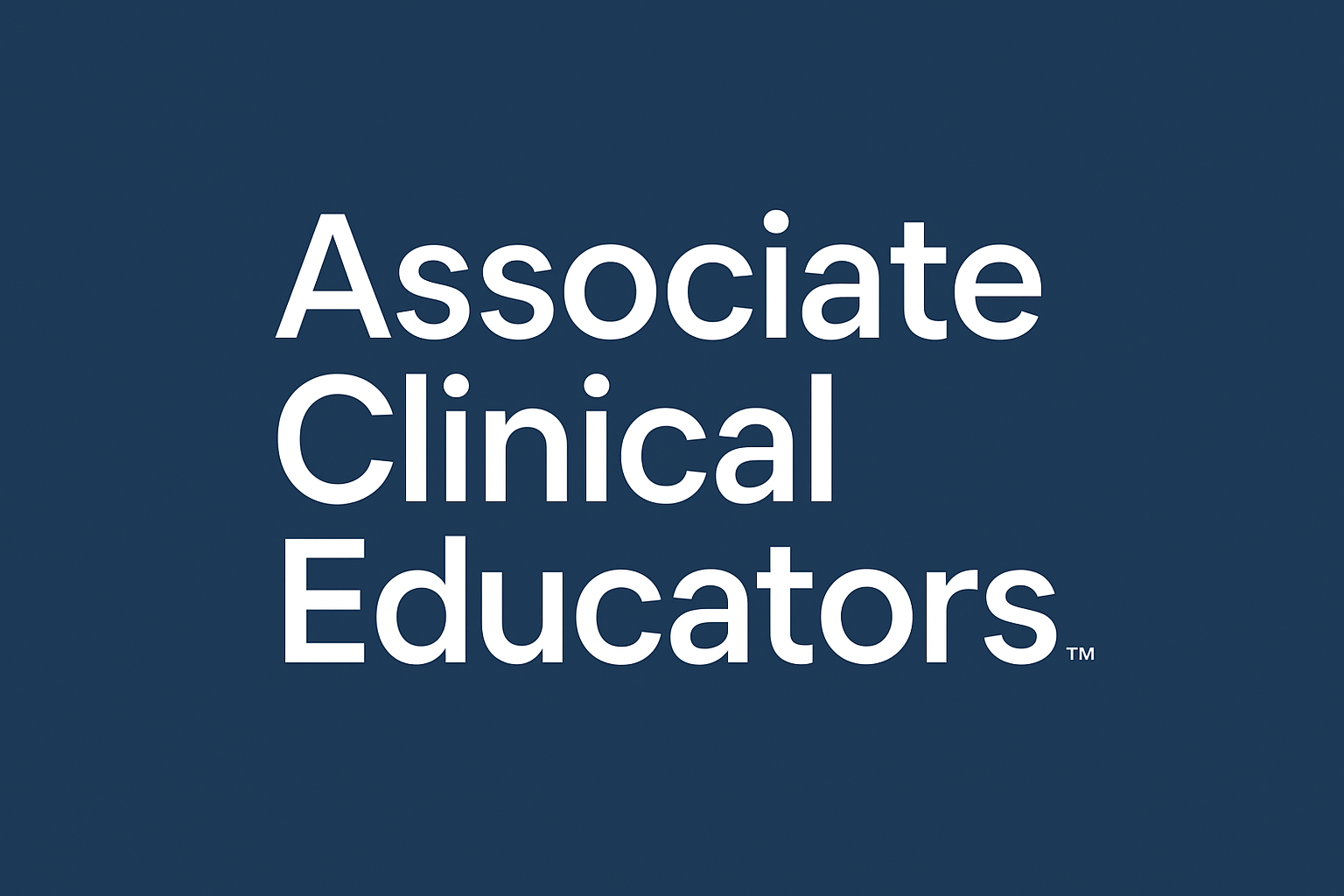Associate Clinical Educators™ vs. Simulated Patients: Defining Roles in Medical Education
Associate Clinical Educators™ vs. Simulated Patients: Defining Roles in Medical Education In the...
Read Moreby R Spour | Nov 15, 2024 | Associate Clinical Educators, Clinical Education, Meducate Academy | 0 |
Associate Clinical Educators™ vs. Simulated Patients: Defining Roles in Medical Education In the...
Read Moreby R Spour | Jun 4, 2024 | Associate Clinical Educators, Chester University, Meducate Academy | 0 |
In medical education, the term “patient journey” refers to the comprehensive pathway a...
Read Moreby R Spour | May 30, 2023 | Associate Clinical Educators, Meducate Academy | 0 |
In this article, we explore the role of ACEs in healthcare education and the importance of effective communication skills. We discuss the impact of active listening on building rapport with patients and avoiding...
Read Moreby R Spour | May 1, 2023 | Associate Clinical Educators, Meducate Academy | 0 |
If you’re an Associate Clinical Educator (ACE), you may have wondered what sets you apart from a simulated patient or medical role player. In this article, we will be exploring this question and providing a useful...
Read Moreby R Spour | Dec 31, 2022 | Associate Clinical Educators, Meducate Academy | 0 |
The Bootcamp for Physician Associate students at Chester University is an intensive training program designed to help students prepare for National Exams. It involves practising skills, receiving feedback from experienced...
Read Moreby R Spour | Jul 27, 2022 | Associate Clinical Educators, Meducate Academy | 0 |
Meducate Academy were recently invited down to The Drummond Education Centre West Suffolk Hospital to demonstrate the role of the ACE to a group of 1st and 2nd year Physician Associates. The vast majority of the day was spent...
Read Moreby R Spour | Mar 31, 2022 | Associate Clinical Educators, Chester University, Wolverhampton University | 0 |
The past month has been frantic! Both of our partners (Wolverhampton and Chester University) have kept us busy with both their 1st and 2nd year cohorts. We have sent teams of ACEs out, providing hi-fidelity teaching and...
Read Moreby R Spour | Feb 15, 2022 | Associate Clinical Educators, Meducate Academy | 0 |
Recently my attention was drawn to an article, ‘It’s Not An Acting Job … Don’t Underestimate What A Simulated Patient Does”: A Qualitative Study Exploring the Perspectives of Simulated Patients in Health...
Read Moreby R Spour | Oct 18, 2021 | Associate Clinical Educators, Meducate Academy | 0 |
James Ennis is currently Clinical Lead at The University of Chester Physician Associate Programme. He has worked with ACEs both as student Physician Associate, and also used ACEs when he was teaching at The University of...
Read Moreby R Spour | Sep 27, 2021 | Associate Clinical Educators, Meducate Academy | 0 |
Professor Parle was our keynote speaker at the conference and it was an honour to have him join us. What follows is an abridged version of the talk. If you want to view the complete talk it is available in the video above....
Read Moreby R Spour | Feb 8, 2021 | Associate Clinical Educators, Chester University, Wolverhampton University | 0 |
It’s always important for an ACE to understand the protocols health professionals must follow to help them take a good history from a patient. Once we understand this we are able to give hi-fidelity feedback to the...
Read More
